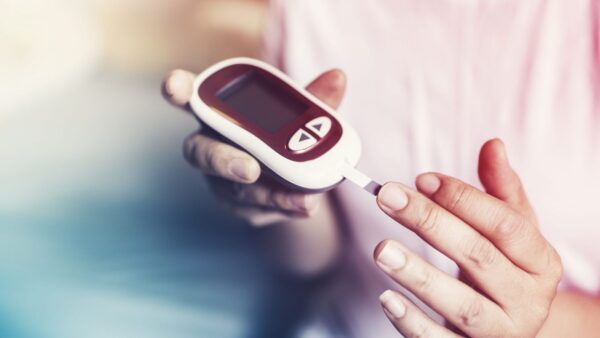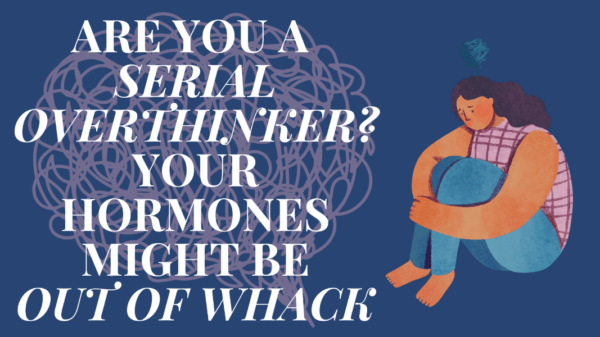
More Than Feeling Blue: Seasonal Affective Disorder

Towards the end of any year and into the beginning of a new one, you will no doubt hear the term ‘seasonal affective disorder’, or ‘SAD’ being used. But what does this condition entail? Well, the condition is defined as a depressive episode linked with the autumn and winter months, and it is though that a lack of natural sunlight during this time is to blame.
According to the NHS, around one in 15 UK residents suffer from SAD between September and April, with the worst months highlights as December through to February. On top of this, the age group that suffers the most is the 18 to 30-year-old group, with females more likely than males to experience these winter blues.
Symptoms of SAD
If you notice any of the following signs in yourself or loved ones, it could be a sign of seasonal affective disorder:
• Sleep issues – normally oversleeping and struggling to stay awake
• Being lethargic
• Lack of interest in activities which were previously enjoyable
• Loss of motivation
• Increased anxiety
• A persistent low mood
• Weakened immune system
• Depression
• Overeating – particularly carbohydrates and sweet foods
• Social issues, including withdrawal from social situations
Seasonal affective disorder in children
When it comes to your child’s health, seasonal affective disorder can cause their school work to slip, or their desire to play diminish. Remember, your child may not be able to realise they have this condition or tell you how they are feeling.
As with any concerns for your child’s health, your first step should be to make an appointment with the GP. This way, they will be able to thoroughly check your child over and rule out any other possible reasons for the symptoms they are experiencing. The National Institute for Health and Care Excellence recommends that the condition should receive the same treatment as other types of depression.
The main point to realise here is that the issue is not behavioural — it is to do with the chemistry of the brain. It’s important you are supportive and non-judgmental to aid recovery. Taking a little more time with them so they feel loved as well as being patient with them is also important to the treatment, as is eating healthy and maintaining a regular sleep pattern. By looking after their lifestyle habits, you will cut their stress levels which will help to ease the pressure faced from SAD.
You may have heard of light therapy for SAD cases. While adults are sometimes treated using light therapy in severe cases, there’s no detailed evidence that this works and with side effects such as headaches, it’s not always recommended for children. Instead, try to ensure that your children are outside in natural sunlight when possible. If your child is put on antidepressants, make sure you are vigilant for any changes in behaviour and keep in regular contact with your doctor.
As an added boost, vitamin D supplements can be helpful. Research in the area of vitamin D and depression is rapidly growing, with some studies highlighting a potential link between the two. Vitamin D, consisting of both vitamin D2 and vitamin D3, is vital for general health including immunity, muscle function and bone density.
Paediatrician, Dr Cindy Gellner advises parents and guardians to: “take their symptoms seriously. If your child has been diagnosed with SAD, talk about their feelings as they let you, and remind them that even though things may seem impossible right now, things will be better in the spring.”
Always take extra care of your loved ones over the colder months. Remember, as is the case for many issues, with SAD in kids, if in doubt check it out.
















































